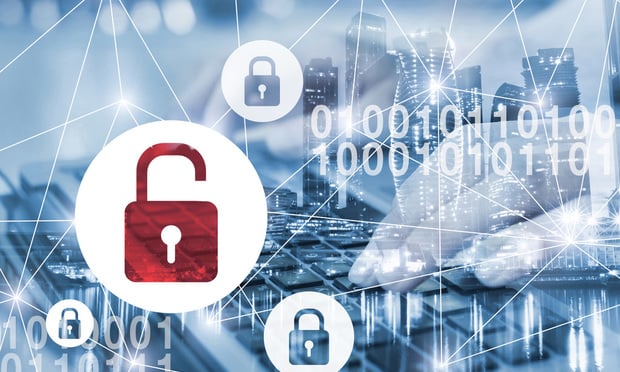 many of the laws that existed before the COVID-19 pandemic have been relaxed and, simultaneously, many new laws have popped up in response to this unprecedented global crisis. (Photo: Shutterstock)
many of the laws that existed before the COVID-19 pandemic have been relaxed and, simultaneously, many new laws have popped up in response to this unprecedented global crisis. (Photo: Shutterstock)
For businesses of all sizes and types, the impact of COVID-19 on the workforce is a chief concern. Employers must balance the challenges of increased unemployment claims and employment reductions while addressing bottom lines and other business concerns. They must also follow federal and state laws. While state law cannot be directly contrary to federal law, states can impose additional requirements or protections for their constituents and choose what to implement where federal law is permissive.
For instance, the recently enacted federal stimulus package, specifically the Coronavirus Aid, Relief and Economic Security (CARES) Act affords states "significant flexibility…to amend their laws to provide [Unemployment Insurance] benefits in multiple scenarios related to COVID-19…[F]ederal law allows states to pay benefits where (1) An employee temporarily ceases operations due to COVID-19, preventing employees from coming to work; (2) An individual is quarantined with the expectation of returning to work after the quarantine is over; and (3) an individual leaves employment due to a risk of exposure or infection or to care for a family member."
Continue Reading for Free
Register and gain access to:
- Breaking benefits news and analysis, on-site and via our newsletters and custom alerts
- Educational webcasts, white papers, and ebooks from industry thought leaders
- Critical converage of the property casualty insurance and financial advisory markets on our other ALM sites, PropertyCasualty360 and ThinkAdvisor
Already have an account? Sign In Now
© 2024 ALM Global, LLC, All Rights Reserved. Request academic re-use from www.copyright.com. All other uses, submit a request to [email protected]. For more information visit Asset & Logo Licensing.








